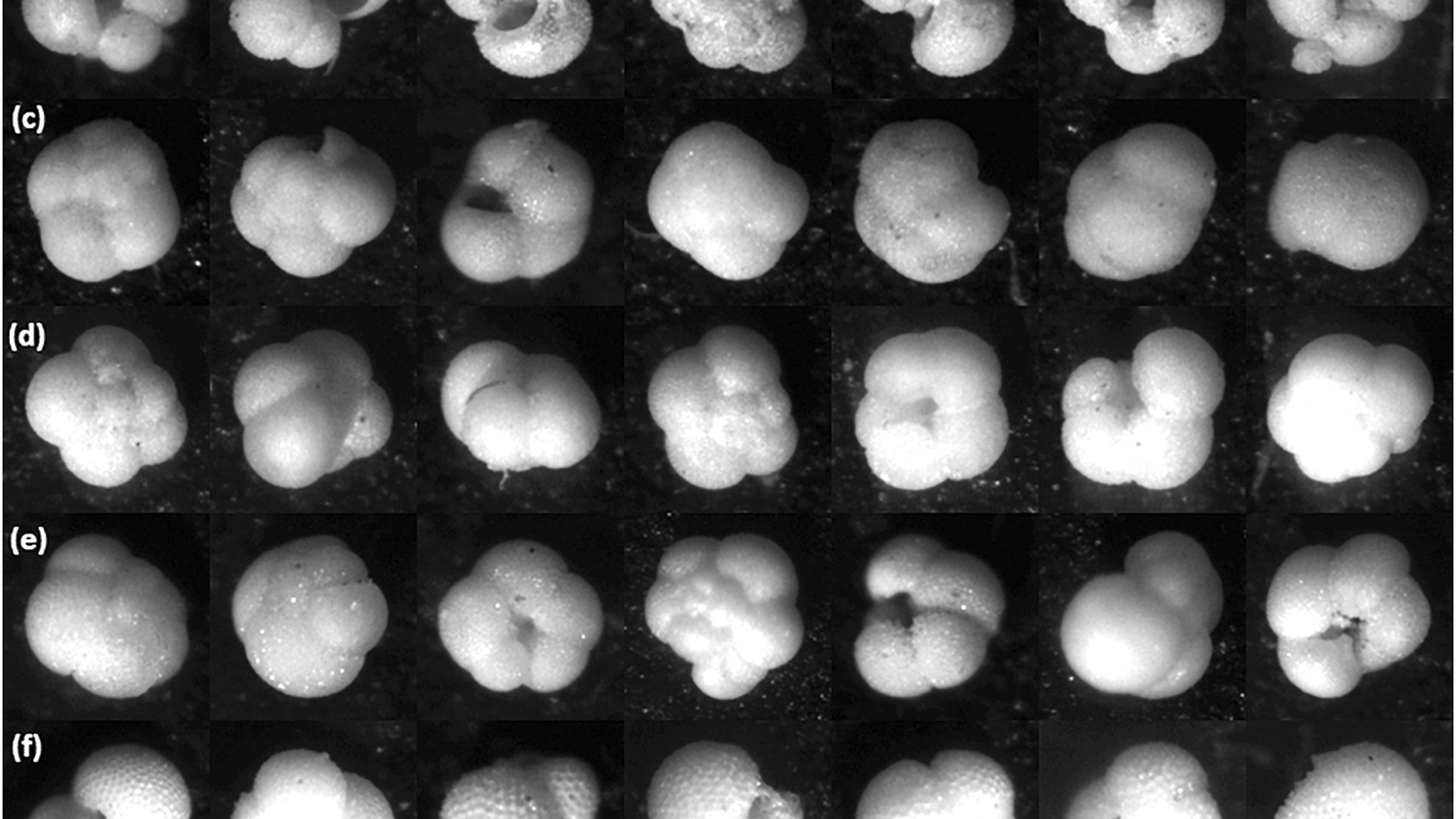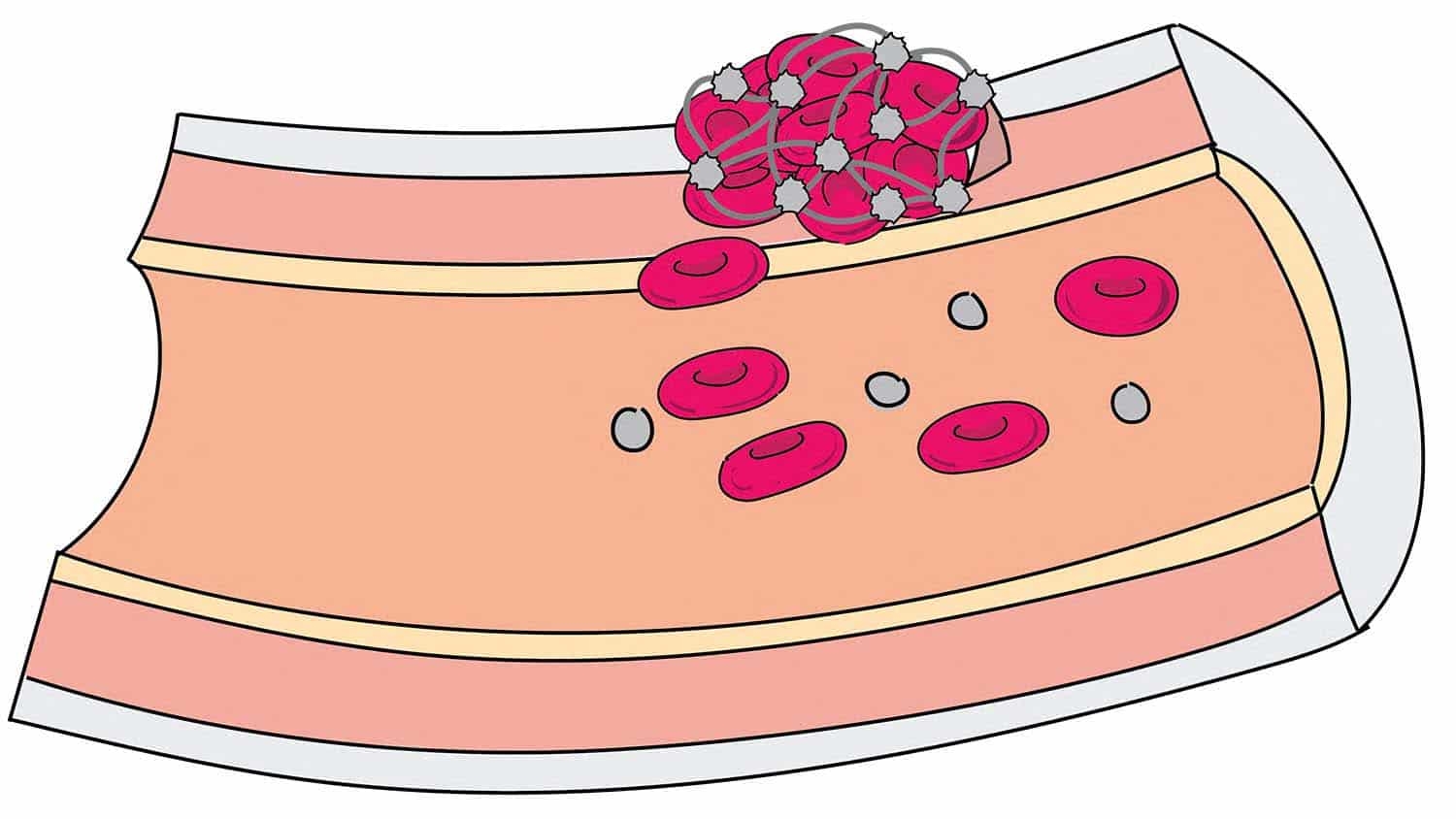Artificial intelligence can identify microscopic marine organisms

Researchers have developed an artificial intelligence (AI) program that can automatically provide species-level identification of microscopic marine organisms. The next step is to incorporate the AI into a robotic system that will help advance our understanding of the world’s oceans, both now and in our prehistoric past.
Specifically, the AI program has proven capable of identifying six species of foraminifera, or forams — organisms that have been prevalent in Earth’s oceans for more than 100 million years.
Forams are protists, neither plant nor animal. When they die, they leave behind their tiny shells, most less than a millimeter wide. These shells give scientists insights into the characteristics of the oceans as they were when the forams were alive. For example, different types of foram species thrive in different kinds of ocean environments, and chemical measurements can tell scientists about everything from the ocean’s chemistry to its temperature when the shell was being formed.
However, evaluating those foram shells and fossils is both tedious and time consuming. That’s why an interdisciplinary team of researchers, with expertise ranging from robotics to paleoceanography, is working to automate the process.
“At this point, the AI correctly identifies the forams about 80 percent of the time, which is better than most trained humans,” said Dr. Edgar Lobaton, an associate professor of electrical and computer engineering and co-author of a paper on the work.
“But this is only the proof of concept. We expect the system to improve over time, because machine learning means the program will get more accurate and more consistent with every iteration. We also plan to expand the AI’s purview, so that it can identify at least 35 species of forams, rather than the current six.”
The current system works by placing a foram under a microscope capable of taking photographs. An LED ring shines light onto the foram from 16 directions — one at a time — while taking an image of the foram with each change in light. These 16 images are combined to provide as much geometric information as possible about the foram’s shape. The AI then uses this information to identify the foram’s species.
Dr. Ritayan Mitra, a former postdoctoral researcher at NC State, is lead author of the paper. Co-authors include Qian Ge and Boxuan Zhong, Ph.D. students at NC State, and Bhargav Kanakiya, a former master’s student at NC State.
Return to contents or download the Spring/Summer 2019 NC State Engineering magazine (PDF, 13.7MB).
- Categories:


